Greenhouse Weekly Blogs- Season 2
The Central Trend can't wait to bring you another year of Greenhouse Weekly Blogs. Check back every week to see what the five lovely seniors girls are up to!
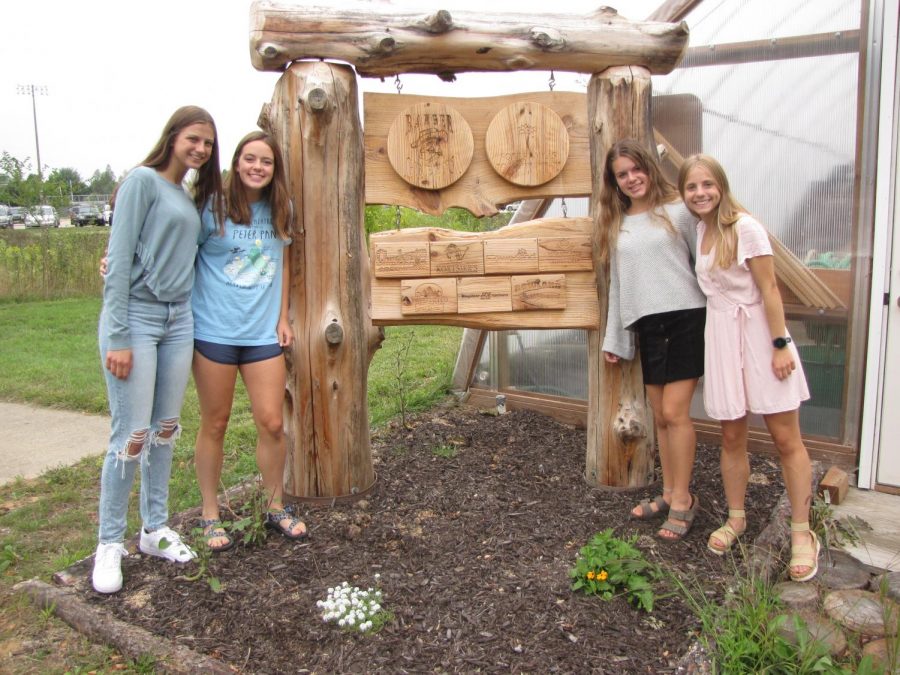
Greenhouse Blog 1— Soil!
Megan Raisch- The common Joe sees dirt, and thinks “oh look, stuff that I don’t want to get on my shoes!” But not microbiologist Dr. Elaine Ingham. In fact, she doesn’t even see dirt; she sees soil. Did you know that there’s a difference? I didn’t either. Dr. Elaine Ingham visited The joe gardener show with Joe Lamp’l to discuss the ins and outs of the soil world and all its surp...
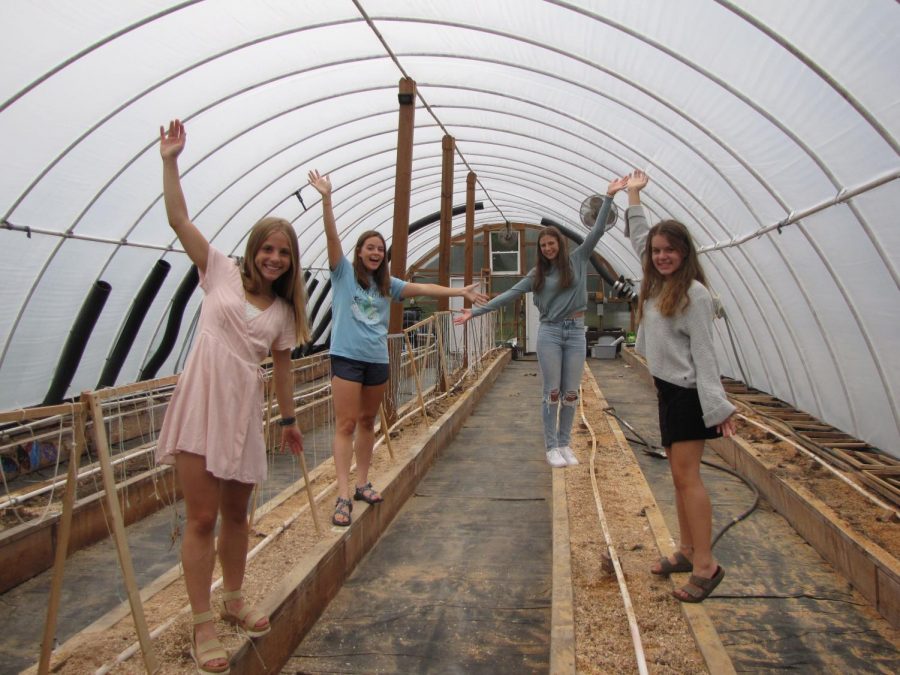
Greenhouse Blog 2- Bees and pollination
Megan Raisch- Everyone seems crazed about saving the bees lately, yeah? They’ve got the t-shirts, the stickers on their water bottles, the whole shebang. But, do any of them really know what they’re talking about? How does one actually go about saving the bees? It isn’t quite what you think. And in your defense, I didn’t know either before I watched yet another great Joe Lamp’l episode...
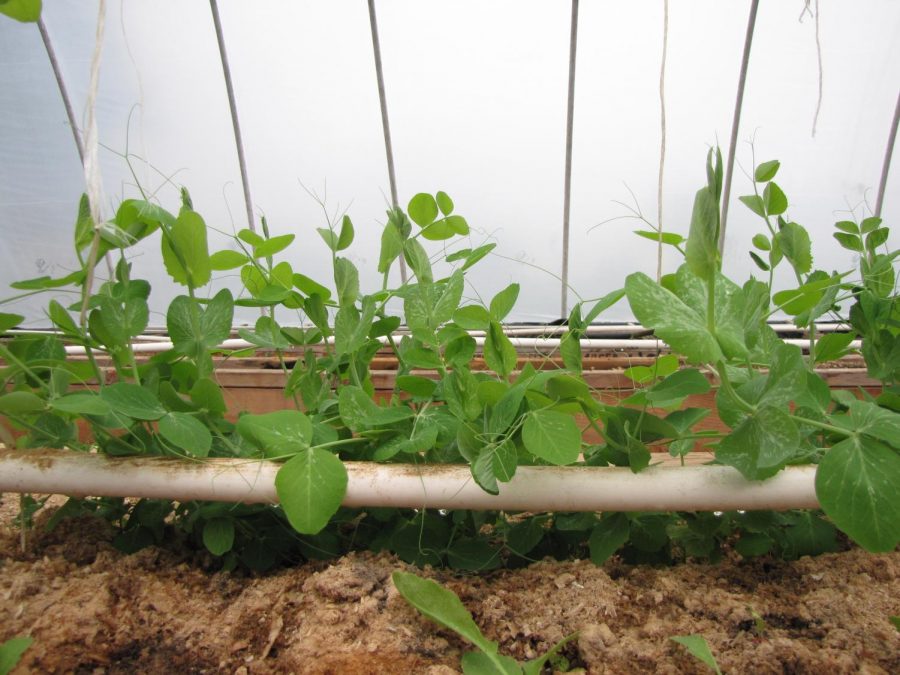
Greenhouse Blog 3- Supplying your garden with nutrients
Ally Francisco- the significance of composting If you are not already composting, you should! Composting will not only benefit your garden but the earth as well. Plus, the process is not complicated. By choosing to compost, you can divert as much as 30% of household trash from the garbage dumps. This is crucial because when compostable organic matter is thrown into a dump, it lacks the air that it ...
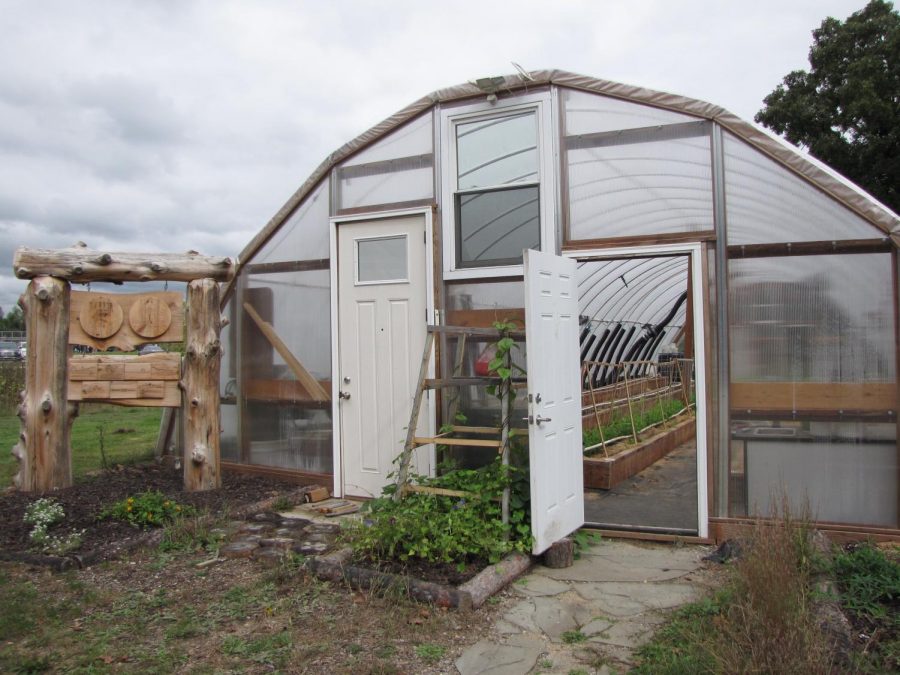
Greenhouse Blog 4- Climate change solutions
Nicole Marco- Small-scale farming— the solution to a warming planet Over the years, farming has become very commercialized throughout the world. Direct industrial agriculture activities are responsible for 11-15% of greenhouse gas emissions. In addition, deforestation is resulting in 15-18% of greenhouse gas emissions. Industrial agriculture takes up 75% of the land used for planting crops. ...
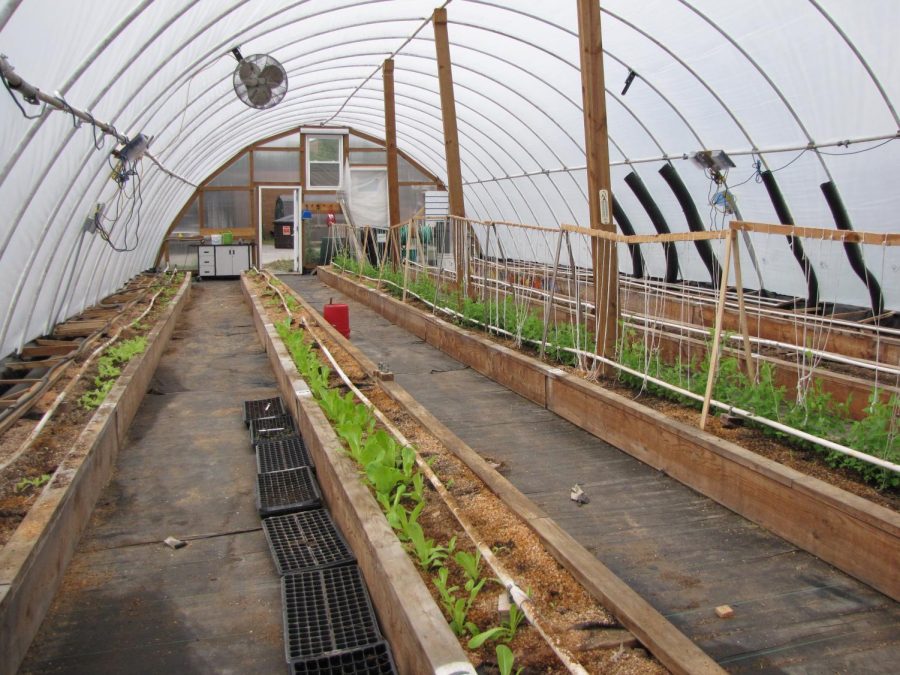
Greenhouse Blog 5- Water and watersheds
Ally Francisco- The importance of water The amount of water on Earth is the same now as it was 4.4 billion years ago. However, it is just in different conditions due to our immense and still growing world population. Water is located in different parts of the planet, more in some locations compared to others. This creates places that are too dry and other places that are too w...
The Central Trend • Copyright 2025 • FLEX WordPress Theme by SNO • Log in